Centrum dokumentacji
Kompleksowe instrukcje techniczne i przewodniki, które pomogą Ci opanować obsługę maszyn HARSLE i zoptymalizować wydajność obróbki metali
Jakie są najważniejsze parametry giętarki do rur?
When it comes to choosing the right tube bending machine, understanding Specyfikacje giętarki do rur is crucial. Whether you are setting up a new fabrication workshop or upgrading your current production line, the specifications of a tube bender directly determine the quality, efficiency, and precision of your work. In this article, I’ll guide you through the most important tube bender specifications to consider, explain what each one means in practical terms, and help you decide which model best fits your production requirements. By the end, you’ll have a clear understanding of what really matters when investing in a new tube bender.
Klawisz Giętarka do rur Specifications to Evaluate
1. Bending Capacity
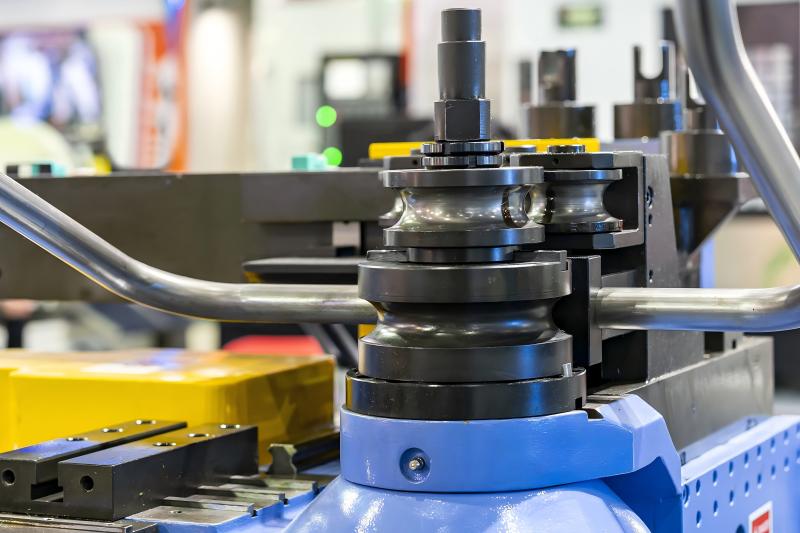
One of the first factors to check is the bending capacity—the maximum diameter and wall thickness the machine can handle. This directly impacts the range of materials and tube sizes you can work with. For example, a tube bender designed for 50 mm stainless steel tubing may not be suitable for heavy carbon steel applications. Always match the bending capacity with your most common material types and production volume.
2. Bending Radius and Centerline Radius (CLR)
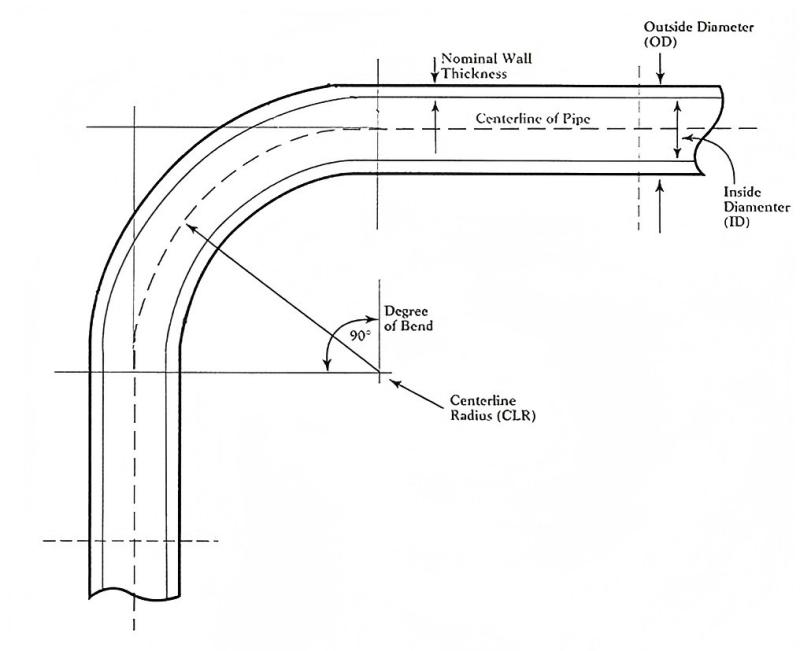
Ten promień gięcia, often expressed as a ratio (for example, 1.5D or 2D), determines how tightly the tube can be bent without deforming. A smaller radius allows for more compact bends but increases the risk of wrinkling. Machines with adjustable or multiple CLR settings give you more flexibility for complex designs. If your work requires tight-radius bends or precision curves, this is one of the most critical tube bender specifications to review.
3. Type of Drive System: Manual, NC, or CNC
Tube benders generally fall into three categories: podręcznik, NC (numerically controlled), I CNC (computer numerical control).
- Manual benders are suitable for small workshops or one-off jobs.
- NC benders provide semi-automatic control and repeatability for medium production.
- CNC benders offer full automation, multi-axis control, and advanced software programming for high-precision, mass production tasks.
Choosing the right system depends on your budget, operator skill level, and production needs.
4. Tube Material Compatibility
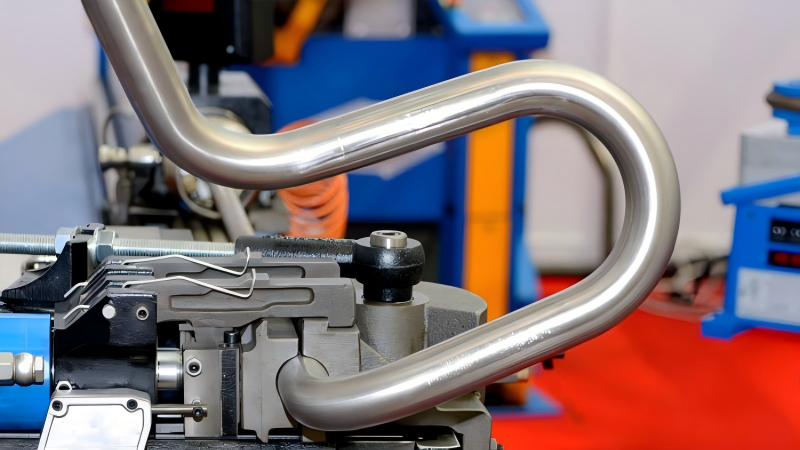
Different metals—such as stainless steel, copper, aluminum, and carbon steel—have distinct bending characteristics. Check whether the machine supports your target materials and if it offers specialized tooling or mandrels for them. Some tube benders include intelligent pressure and speed adjustment features that automatically adapt to different materials, preventing cracks and springback issues.
5. Mandrel and Tooling Options
A kleszczak supports the tube internally during bending, preventing flattening or wrinkling. For high-quality bends, especially with thin-walled tubes, a mandrel-equipped machine is essential. Consider whether the machine includes options like wiper dies, pressure dies, or quick-change tooling systems. These features can drastically improve efficiency and reduce setup time in production environments.
6. Bending Angle Accuracy and Repeatability
Accuracy and consistency are vital for production efficiency. Check the angle tolerance (typically ±0.1° for high-end CNC models). Repeatability ensures that every bend meets the same specifications without constant recalibration. If your application involves multi-plane or multi-radius bending, investing in a high-precision control system will save you time and material waste.
7. Control System and User Interface
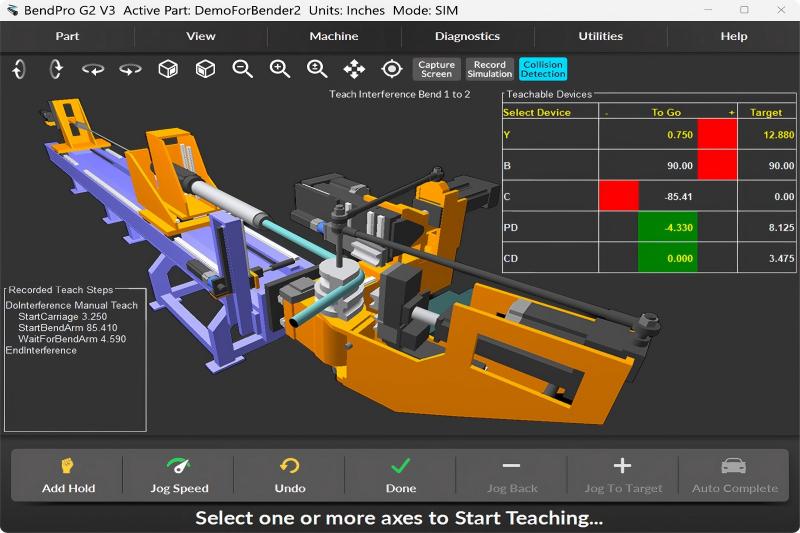
Nowoczesny CNC tube benders come with touch-screen interfaces, 3D simulation, and automatic correction systems. A well-designed user interface not only improves ease of operation but also minimizes programming errors. Look for systems that support offline software, import of CAD files, and digital monitoring of bending parameters.
8. Machine Structure and Durability
The rigidity of the frame, quality of hydraulic or servo components, and design of the clamping system all affect performance. A sturdy, welded steel frame ensures long-term durability and reduces vibration during bending. Machines with servo-driven systems generally offer higher precision, faster cycles, and lower maintenance requirements compared to traditional hydraulic designs.
Practical Tips for Selecting the Right Tube Bender
Analyze Your Production Requirements
Start by listing your typical tube diameters, materials, and production quantities. This helps you select a machine that meets your workload without overpaying for unnecessary features.
Evaluate Future Expansion
If you plan to expand your operations, choose a CNC bender that allows future upgrades such as additional axes or advanced software features. Investing slightly more now can save you major costs later.
Prioritize Ease of Maintenance
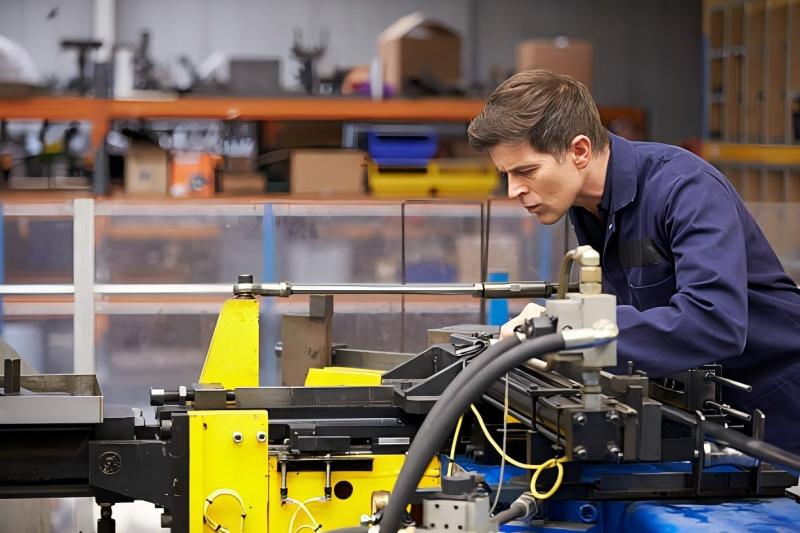
Look for models with easy-to-access lubrication points, intuitive diagnostics, and local service support. A machine with user-friendly maintenance features ensures minimal downtime and longer equipment life.
Często zadawane pytania
What is the ideal bending radius for stainless steel tubes?
It depends on the wall thickness, but generally, a radius of 2–3 times the tube’s outer diameter (2D–3D) helps maintain smooth bends without deformation.
How can I prevent tube wrinkling during bending?
Use a mandrel and wiper die to support the inner surface of the tube. Adjusting clamping pressure and bending speed can also help prevent wrinkles.
Jaka jest główna różnica pomiędzy giętarkami do rur NC i CNC?
NC benders offer semi-automatic control of bending angles, while CNC benders provide fully automated, multi-axis control with programmable accuracy and repeatability.
How do I know if my tube bender needs calibration?
If you notice angle deviations, inconsistent bending, or surface marks, it’s time to calibrate. Regular calibration ensures precise bends and reduces material waste.
Wniosek
Wybór właściwego giętarka do rur specifications can make a significant difference in your productivity and part quality. By understanding key parameters—such as bending capacity, material compatibility, control systems, and tooling options—you can make a well-informed decision that matches your business goals. A high-quality tube bender not only improves accuracy but also boosts efficiency across your entire production line.













